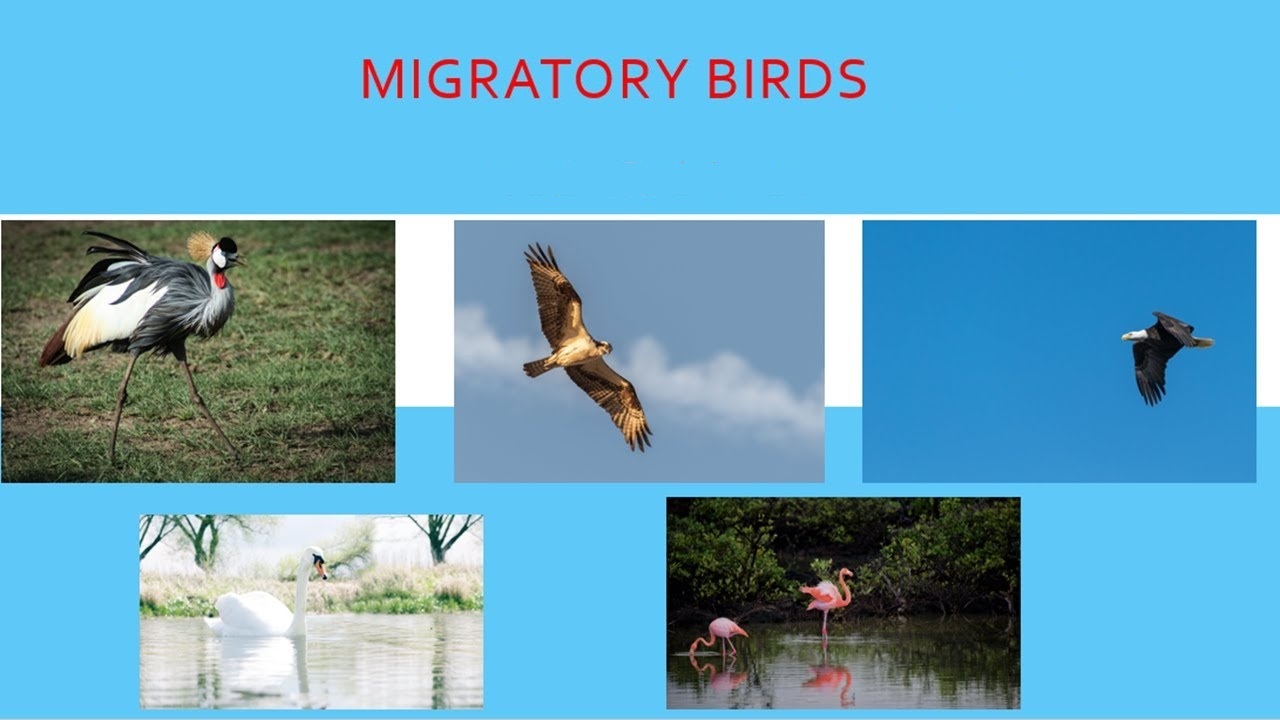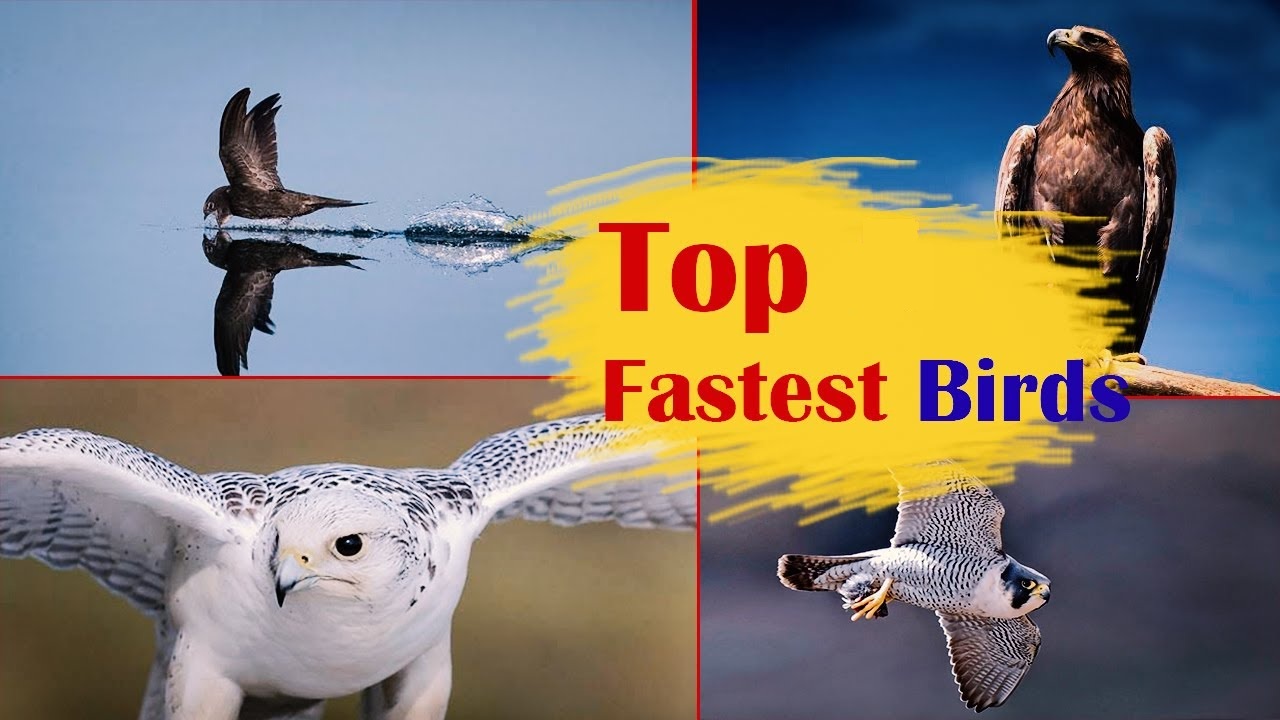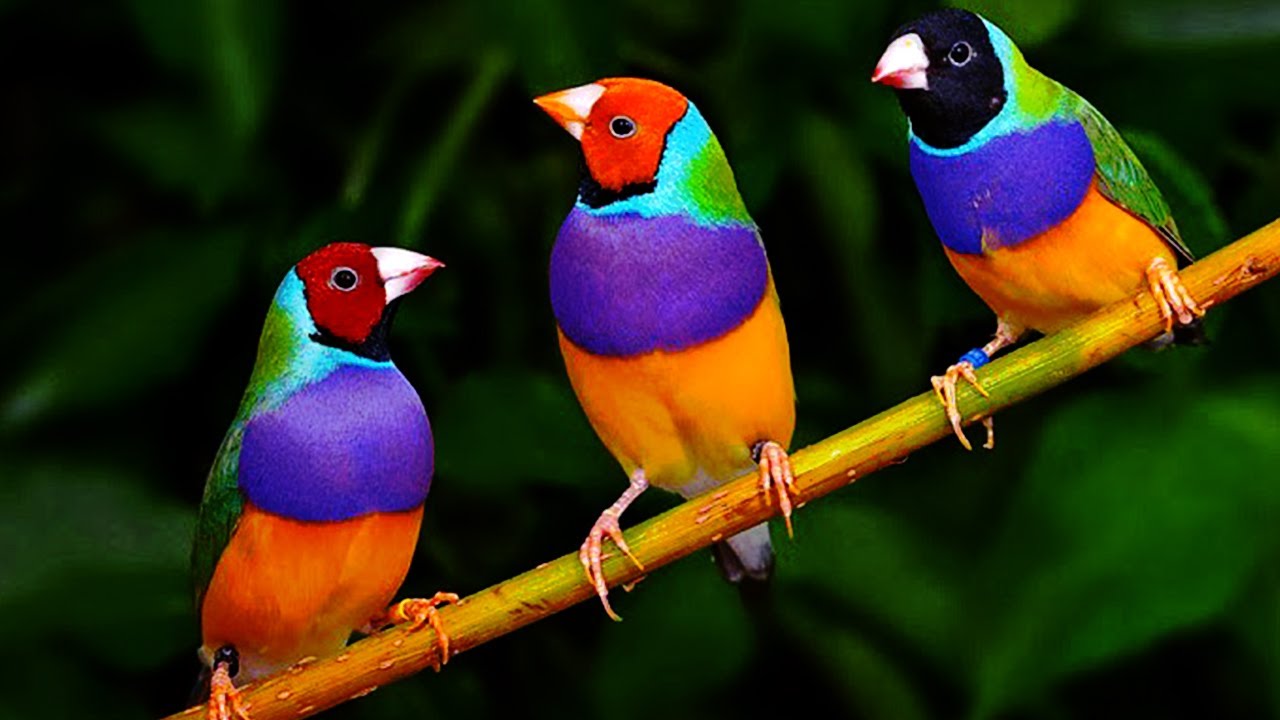Many migrating birds currently return to Africa for a well-deserved respite following hectic mating activities. They will spend months shaping their old feathers and growing bright new plumage to dazzle the partner next year. You will consume as much as you can, build up your fat reserves before you start the procedure again next spring.

Spring Alive’s nesting practices are as diverse as the birds themselves. Here’s a peek at what they did in summer and spring:
1. White Stork — An Apartment Penthouse
The white stork does not fear building its nest in the vicinity of people, typically constructing them high on telegraph poles, church roofs, or even buildings. Every year, male white storks’ come back to the same nest, raising their height to two meters. Their nests are so huge that little birds like sparrows and starlings nest on the edges of these towering buildings and create an apartment complex for birds silhouette that is multi-story.
2. Collared Sand Martin – Underground Life
This classic bird nest consists of branches, however, the Swallow Collared Sand makes deep holes at the sandy coasts of rivers, lakes, or coastal cliffs. You like to nest in large groups of between 12 and several hundred pairs and can reach their tunnels for over a meter!
3. Common Plover — Concealed from View
Most birds like to lay their nests in a safe environment, but Ringed Plover has a different approach. They lay their eggs on the shore, seldom worrying about building a nest. Rather, the eggs are concealed properly to look like stones. Even the chicks are grey and speckled like steep rocks on the shore when they’re hatching. If a predator sniffs the nest, parents get another trick: they stumble away from the nest, yell and shout a broken wing, bringing the predator towards them.
4. Barn Swallow – Perfectly Sculpted
Barn Swallows used to nest in caves, but today they nest almost entirely under the roofs of houses, churches, and – shockingly – barns in little places. Here, from hundreds of small balls they collect by birds silhouette in their beaks, they form their characteristic cup-shaped nests. Sadly, modern houses have less ideal bird openings. Furthermore, nests are sometimes lacking in mud, especially in metropolitan regions or in abnormally dry weather.

Nancy, our tech-savvy pet parent, explores the latest in pet tech, from smart toys to interactive feeders.


